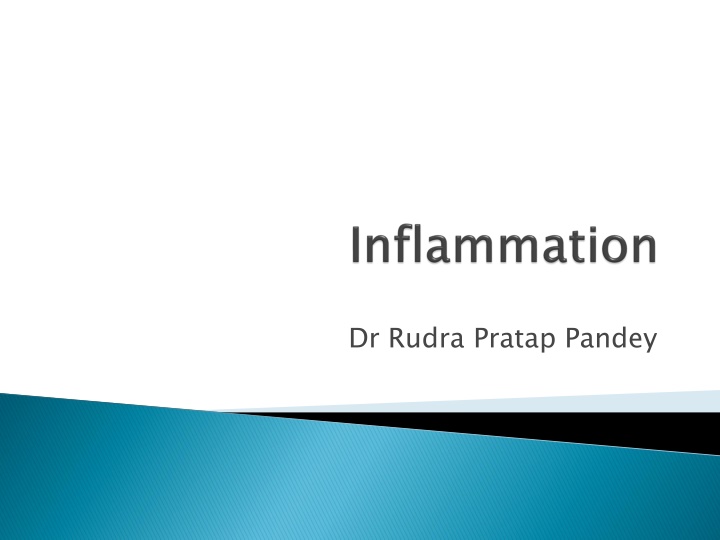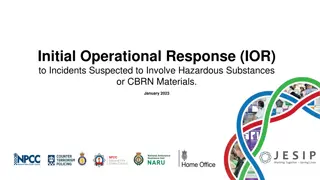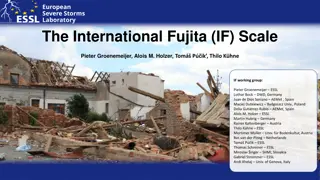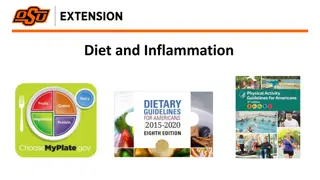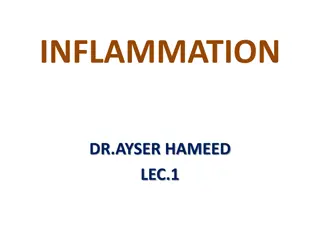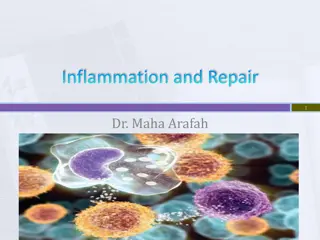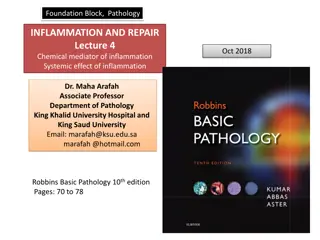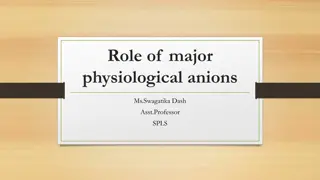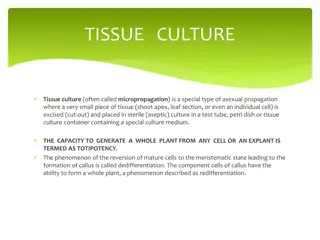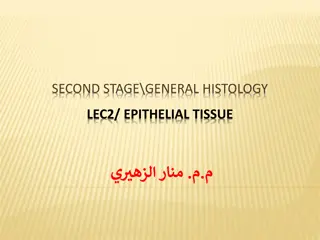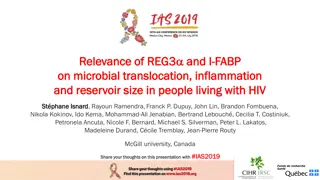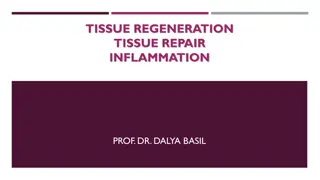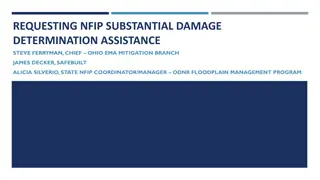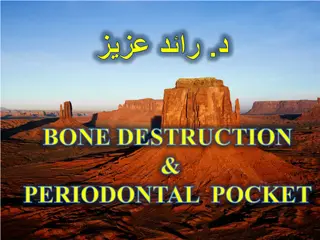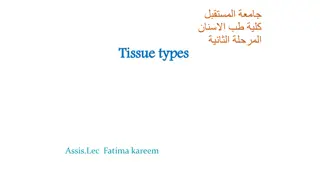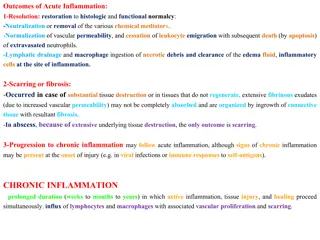Initial Physiological Response to Tissue Damage and Inflammation
The initial response to tissue damage includes acute or chronic inflammation, which can lead to permanent damage or fibrosis. Common signs of inflammation include redness, heat, swelling, and pain. The resolution process involves bleeding, clotting, epithelization, granulation formation, and wound contraction. Mobilization of defense cells helps limit pathogen spread and initiate tissue repair. Trauma response occurs over days, involving various stages of healing.
Download Presentation

Please find below an Image/Link to download the presentation.
The content on the website is provided AS IS for your information and personal use only. It may not be sold, licensed, or shared on other websites without obtaining consent from the author.If you encounter any issues during the download, it is possible that the publisher has removed the file from their server.
You are allowed to download the files provided on this website for personal or commercial use, subject to the condition that they are used lawfully. All files are the property of their respective owners.
The content on the website is provided AS IS for your information and personal use only. It may not be sold, licensed, or shared on other websites without obtaining consent from the author.
E N D
Presentation Transcript
initial physiological response to tissue damage, Causes irradiation, chemical, or microbial . Can be acute (lasting for a few days) or chronic (in response to an ongoing and unresolved insult). Inflammation can develop into permanent tissue damage or fibrosis. initial physiological response to tissue damage, Causes mechanical, thermal, electrical, irradiation, chemical, or microbial . acute (lasting for a few days) or chronic (in response to an ongoing and unresolved insult). Inflammation can develop into permanent tissue damage or fibrosis. mechanical, thermal, electrical,
Rubor or redness Calor or heat Tunor or swelling Dolor or pain Functio lissa (?)
RESOLUTION Bleeding .clotting .resolution Inflammation Epithelization Granulation formation Fibroblast secretion products collagen laying Wound contraction and remodelling UNTOWARD OUTCOME Fibrosis Abscess formation Chronic inflammation
Mobilization of defense cells Limiting the pathogen spread Killing the pathogens Initiation of tissue repair
TRAUMA RESPONSE DAYS
